In 1886, the German Daimler invented the earliest car seats. Like regular home seats, the chair consists of a backrest and a seat cushion. Under the seat cushion is a soft filler such as cotton.
Since the development of the automobile to the century, the seat technology has continuously evolved. The patents mainly focus on electric adjustment, ergonomics, and ride safety. Except for Volvo’s head and neck protection system, which was launched in 1998, all technological innovations are basically based on suppliers. For the lead. The patents are mainly concentrated in the hands of Toyota Textile, Virginia and other companies.
Interestingly, as a technology digital company, Apple recently issued a patent on car seats. Rumors of Apple building cars have been around for a long time, and an internal project called “Titan Project” has been a public secret. The specifics of the project are whether to build a car or autonomous driving. Apple is silent, and the outside world is constantly guessing.
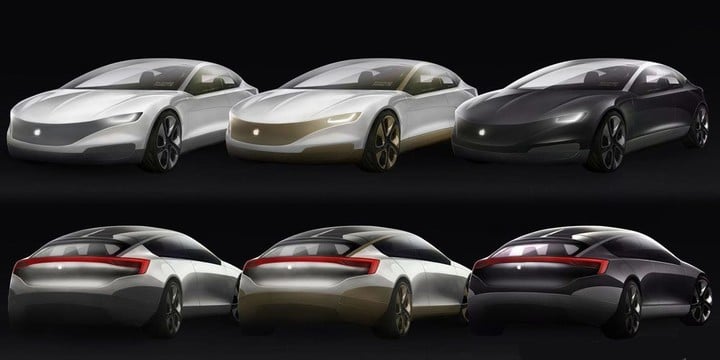
Regardless of the existence of Apple Car, it is certain that Apple is ambitious in the automotive business. Judging from the recent seat patent, Apple ’s technology is not only in the field of automotive digitalization, but its tentacles have gradually extended to automobiles. This piece of hardware.
Gossip less, let’s see what kind of patent this is.
As we all know, in order to disperse the force, traditional car seats are mainly divided into cushions, headrests, backrests, wings, legrests and other components. The interior is made of soft filler such as sponge. After wrapping materials, different areas are put together into a whole by zigzag stitching. However, after long-term use, the seat is prone to collapse, especially the wing part, which is particularly severe due to repeated friction on and off the car.
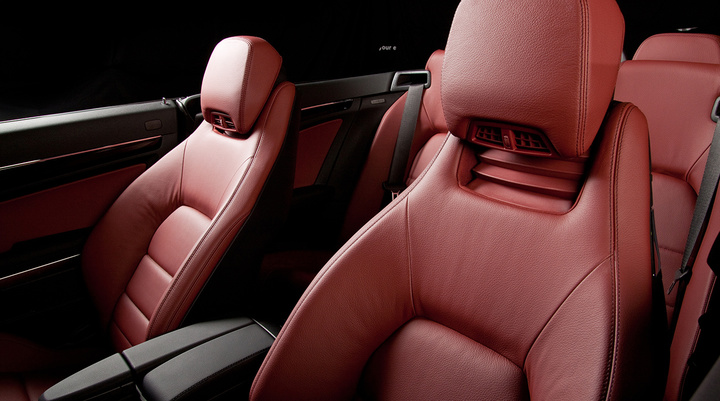
Apple’s new patent is expected to solve this problem.
First of all, Apple has innovated the seat structure. The most significant part is the removal of the wings. Only the three main parts of the seat cushion, headrest and backrest are kept. The three parts have a flat surface without any undulations.
The old driver will ask, what about parcels? Speaking of which you may not believe, this is a realistic set of “sports seats.”
Although Apple has cancelled the physical package of the seat, the seat is filled with a built-in mystery machine. In addition to the conventional adjustment motor, a new motor and sensor are added inside. The self-adaptive seat suspension system and electric retractor system are formed, so that the surface of the seat covering can adaptively control the tension and provide corresponding support.
Simply talk about the working principle. When you sit down, the tension sensor detects that the tension is increased, and the motor will drive the spool to rotate. At this time, the excess covering such as leather and fabric will be released. The large force area reduces the tension on the seat surface. vice versa.
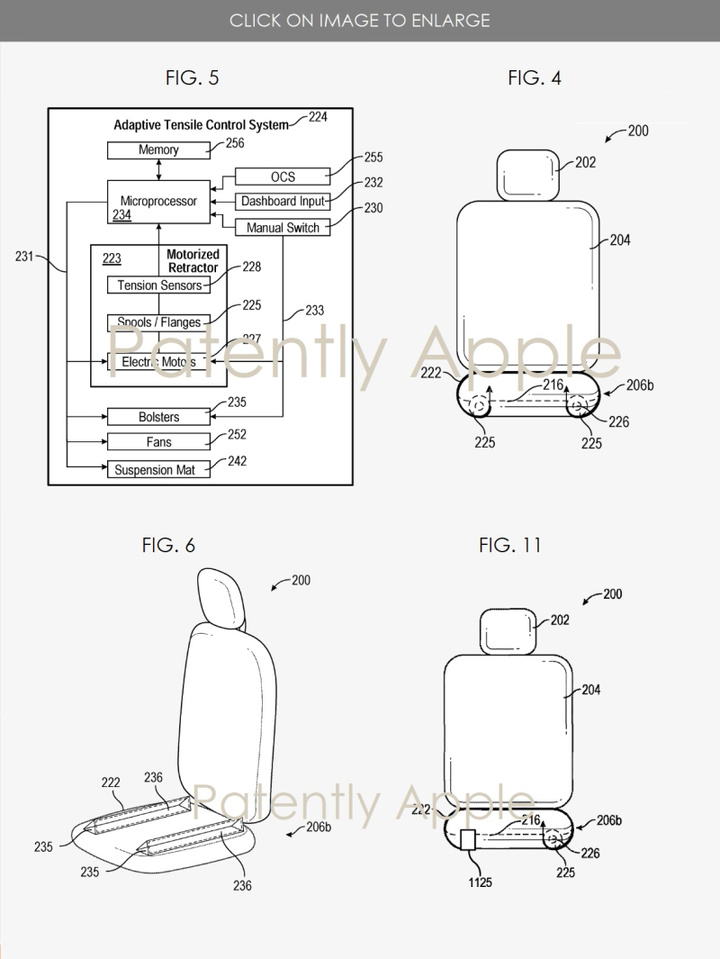
At the same time, after the adaptive seat suspension system receives the corresponding signal, the motor drives the flexible suspension pad inside the seat to release or retract. This pad will cooperate with the surface covering to change the shape of the seat according to different scenarios And even a certain bump. Reduce the friction between your limbs and the seat when you get on and off the vehicle, and provide you with sufficient packages through deformation when the vehicle is cornering or extreme driving.
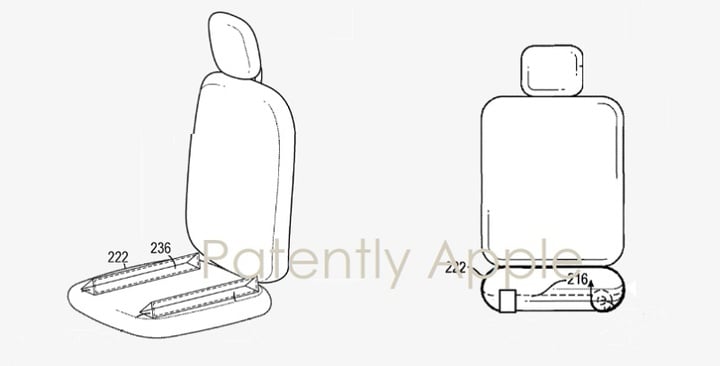
So this is a set of “sports seats.”
In fact, in May 2019, Apple issued a similar seat patent. At that time, the sensor sent a signal to the spring inside the seat and adjusted the stiffness value of the spring to adapt to different road conditions and ensure passengers. Comfort.
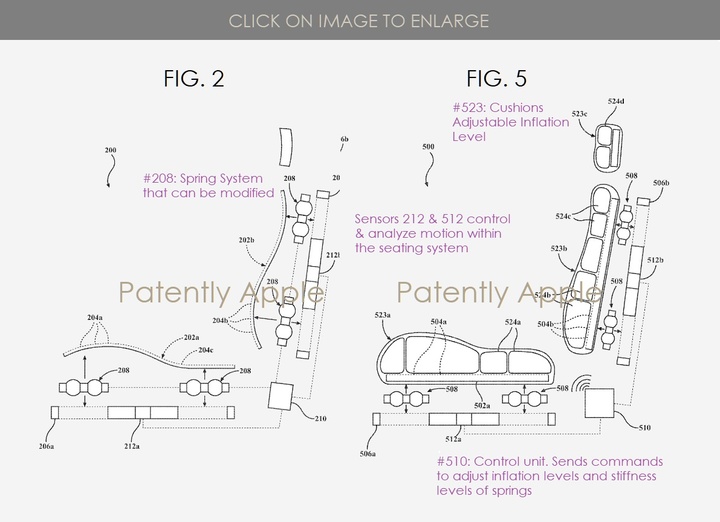
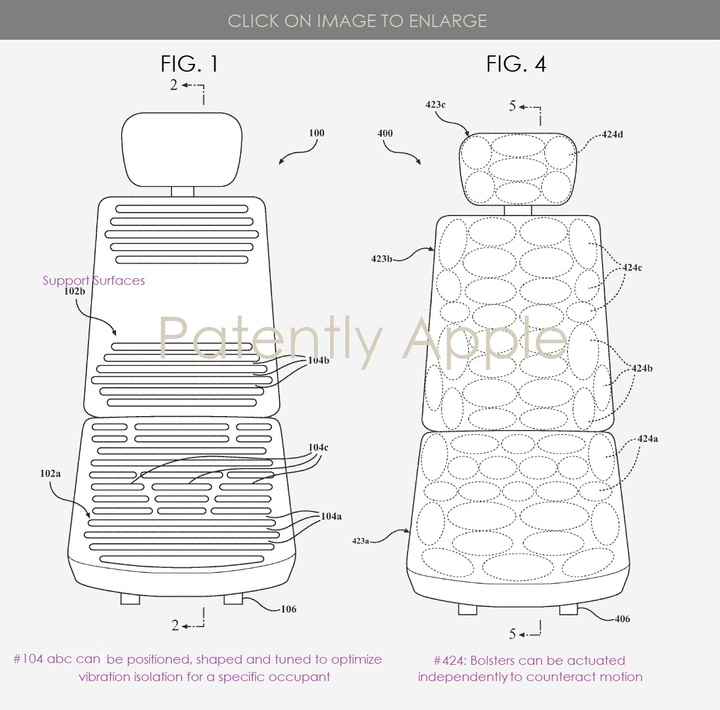
Actually, the technology of controlling the shape of the seat through a motor is not uncommon, such as electric waistrests, seat massage, etc.The advantage is that automation does not need to be turned on actively, and adaptive changes can be made through sensors. Moreover, this perception and control is delicate and requires a high degree of accuracy.
Apple also recently launched a series of automotive technologies, such as a new generation of automotive lighting and image projection systems.
The new technology can help the car detect obstacles in front of the car, such as pedestrians, animals, etc. in low-light environments, and project the image on the head-up display to alert the driver.
The new vehicle lighting technology is mainly used in the car. The lighting system can be integrated into fabric seats, door panels, dashboards and even any corner, and can project patterns or text on any surface. The biggest use is to facilitate the driver. Pick up items in the car at night.
Although Apple Car has been slow to move, Apple ’s accumulation in the automotive field is obvious to all. First, use CarPlay to become your second car, and now start to develop a number of car hardware. The new iOS 13.4 beta version also The interface of the car key sensing function has been added, and its self-developed self-driving car has been running on public roads in California for a long time.
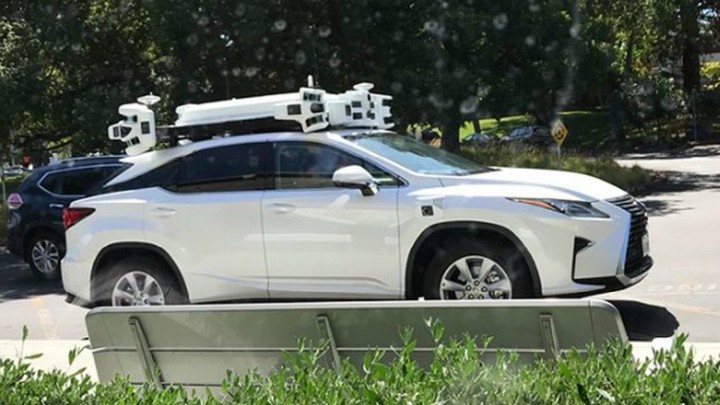
Apple seems to have the dual potential of building cars and suppliers. If Apple combines the two potentials into one, then becoming the second Tesla is likely to be just a matter of money and time.